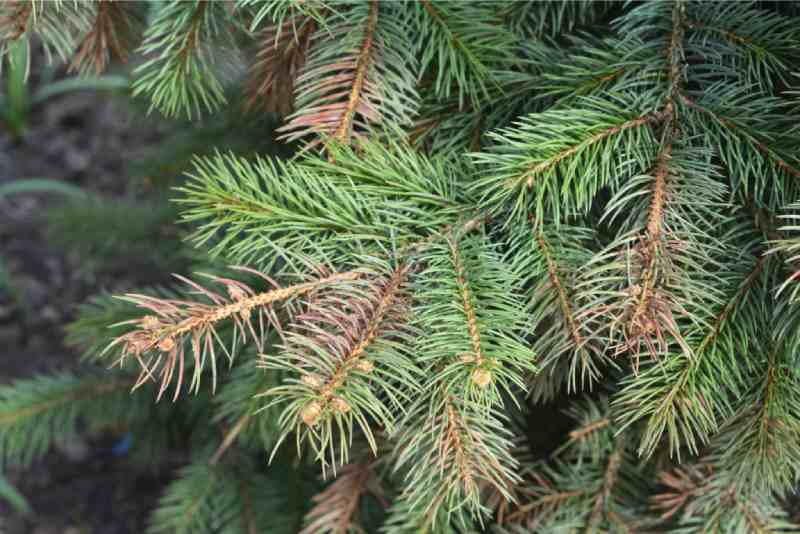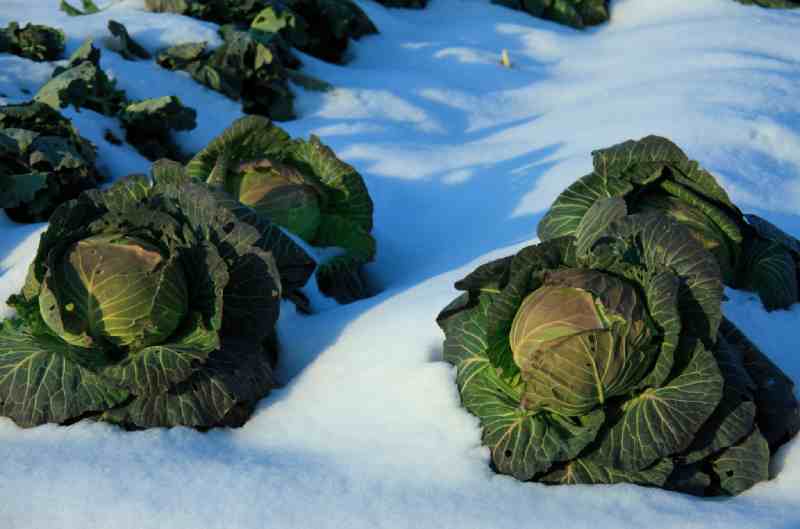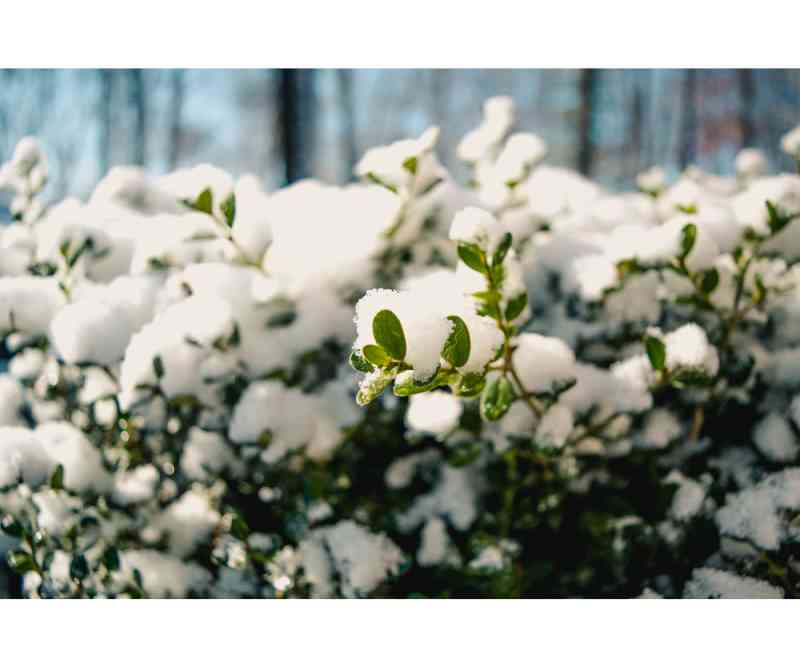Ready or not, here winter comes! As the temperatures begin to drop, we begin to spend less and less time outside. In doing so, it can be easy to forget that our plants are still out there fighting for survival! RTEC is here to help you prepare with winter garden protection!
Why Do We Need Winter Garden Protection?

It’s easy to assume that our plants are tough enough to withstand the winter chill – they do it every year, right? While it is mostly true, that trees are often a symbol of resilience, they are still susceptible to the effects of a harsh winter. Young trees and new plantings are especially at risk of damage. So, what exactly is it about winter that is so tough on our plants? There are more factors than you may think!
Factors Affecting Our Plants in Winter:
- Low soil moisture
- Below freezing temperatures
- Harsh winds
- Deicing salt
- Direct exposure to sunlight
- Snow
- Rapid shifts from freezing temperatures to unfreezing temperatures
While our plants may have been exposed to these factors at other points of the year, winter adds a layer of complexity that escalates the severity of these factors. During the winter, resources (such as water and soil nutrients) can be limited, which means the plant has less strength to combat the elements. Knowing the impacts that each of these factors can have on your plants will help you understand what you can do to protect your yard!
Most Common Issues for Home Gardens in Winter

Whether your property has mature trees, young saplings, or a vegetable garden, there are several issues that can plague them during the winter months. Understanding what each problem presents will help us help our plants!
Winter burn (Desiccation) and Leaf Scorch: this occurs as plants dry out over the winter. Typically, it is the result of bone-chilling winds, or due to insufficient watering. Winter burn is often noticeable by the browning/yellowing of leaves on evergreen plants. It can also cause needles and leaves to fall off of the tree. Similarly, leaf scorch occurs when plants do not have enough water (because it is frozen in the ground) to replace what they lose, so the leaves eventually curl up and appear scorched.
Winter Sunscald or Frost Cracks: this process occurs due to rapid changes in temperature. On sunny winter days, tree bark exposed to the sun can warm up significantly. Then, as the sun sets or clouds roll by, the temperature of the bark drops quickly. This shift kills plant tissues and may cause a sudden fracture in the surface of the bark, known as a frost crack.
Salt Damage: though we may let out a sigh of relief when the roads get salted before a big snow, our plants are not as pleased. As the salt dissolves and eventually runs off the road into our soil, it can drastically change the nutrient make up of the soil, making it harmful to our plants. This damage includes browning/discoloration, dieback, and bug damage. You can learn about some safer alternatives to typical salt deicing here.
Snow: most people assume that snow will harm our plants, but it can also have some benefits! In fact, a layer of snow can act as an insulator that helps regulate temperature, exposure, and moisture. The problem occurs when too much snow accumulates on weaker branches. Then, the weight of the snow may break or bend fragile branches. We recommend gently clearing thick layers of snow off your more delicate plants, leaving some behind as an insulator.
Frost Heave: frost heave is a process in which soil expands and contracts as the ground freezes and thaws repeatedly. This causes plants to lose stability and can push shallow rooted plants out of the ground!
How to Protect Your Plants in the Winter

We know that the list of problems may seem extensive, but have no fear! There are a few simple steps that will have a big impact on your plant’s survival this winter.
RTEC’s Winter Protection Program
Our certified arborists have developed a comprehensive program to ensure your trees and shrubs get the best winter garden protection. Our program consists of a fall bio-stimulant treatment and an anti-desiccant treatment! Depending on the kind of plants you have, we may also recommend a tree and shrub growth regulator. Our anti-desiccant works as a barrier on the surface of leaves that reduces the rate of transpiration, this allowing plants to retain essential moisture throughout the winter months. This program helps to protect against winter burn, leaf scorch, salt damage, and sun scald!
In the words of our Certified Arborist, Ben Gotch, “Anti-Desiccant is like laminating a plant in an eco-friendly way to protect it during Winter, that wears off by Spring”.
Watering
This may seem obviously, but there is often conflicting opinions on how to water plants throughout the winter. Watering your plant properly throughout the fall will allow your tree to store up a good supply. Additionally, we do recommend still watering throughout the winter, but make sure that you do it in the day time when it is warmer (ideally about 40 degree Fahrenheit). This will give the plant time to uptake the water before the ground freezes again in the evening. This helps combat winter burn and leaf scorch.
Wrapping
We aren’t the only ones who love getting wrapped up in a cozy blanket during the cold months, our plants love it too! Gently wrapping shrubs, young trees, or thin-barked trees is a great way to give them a layer of protection against harsh wind and the sun. How you wrap each plant will vary depending on the species, so we recommend doing some individualized research before hand. Most folks find that some simple burlap is enough to give their plants that extra layer of protection! This helps protect against sunscald and frost cracks.
Pruning
Knowing when to prune trees is crucial to a healthy plant. Its true that not all plants benefit from a winter pruning, so talking with our experts is a great place to start. Pruning in fall can lead to new growth that doesn’t have enough time to harden before the frost. On the other hand, some plants benefit from pruning while dormant later in the winter! Our certified arborists will be able to determine if your trees has deadwood that show be cleared out before snow arrive. In doing so, you can avoid the danger of limbs and branches breaking under the weight of snow.
Mulching
One great way to protect your plants throughout winter is with a properly applied layer of mulch! Mulch helps regulate soil temperatures and retains soil moisture, which give your plants a helping hand when they need it most! This protects against frost heave and winter burn. For more information about how to properly mulch, check out our blog here!

Want your plants to thrive in the spring?
Get our Winter Garden Protection Program!


